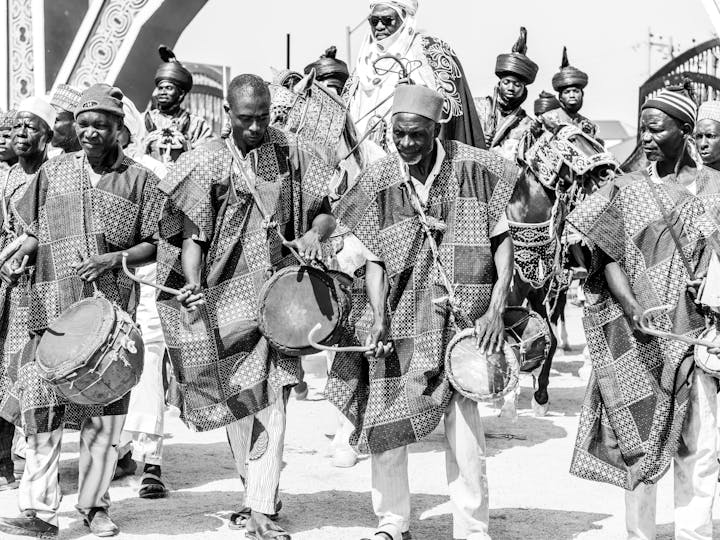How does an indigenous community ensure its cultural identity remains strong? The people work diligently to protect their language, traditions, and sacred connections to the land. These efforts combine cultural renewal, education, and advocacy to ensure the survival of their way of life for future generations.
Cultural Revitalization
A key aspect of preserving heritage is revitalizing traditional practices, including ceremonies, songs, dances, and oral histories. Elders play a central role in passing down this vital knowledge to younger generations, ensuring the continuity of cultural traditions. The Tongva people and their Gabrielino/Tongva Nation have been especially dedicated to ensuring that these practices continue to thrive. A key focus in revitalization is the language, which serves as a symbol of identity and connection to ancestors. Recent efforts include immersion programs and workshops for younger members, ensuring the language is kept alive and helping future generations connect to their roots.
Protection of Sacred Land
The community’s relationship with the land is central to their cultural identity. The land holds spiritual and cultural significance, with many sacred sites at risk due to urban development and environmental degradation. To address these challenges, the people collaborate with local governments and organizations to secure legal protections for their ancestral lands. Preserving these areas ensures that these traditional practices continue, maintaining a strong connection to the land and allowing traditions to thrive.
Traditional Arts and Crafts
The creation of traditional art forms, such as baskets, pottery, and tools, has long been a way for the community to preserve their heritage. These crafts reflect both the cultural values and practical needs of the people. The artistic expressions serve as a link to the past and are also critical in maintaining cultural continuity. The community continues to teach and practice these crafts through workshops and exhibitions, keeping ancient techniques alive and fostering cultural exchange. These creative practices ensure that the skills and knowledge are passed down to younger generations, preserving their cultural identity.
Educational Outreach
Education plays a pivotal role in the preservation of heritage. The people actively collaborate with schools, universities, and museums to share their history and culture with a wider audience. These partnerships help raise awareness and build respect for their traditions. The community shares its history, challenges, and contributions through educational programs and public events. The goal is to ensure their culture is respected and recognized by both their community and the broader public, securing the future of their heritage.
Community-Based Preservation Projects
Community involvement is a crucial component in preserving cultural heritage. The people organize and participate in projects that celebrate and protect their traditions. These initiatives bring members of the community together to create, learn, and share cultural knowledge. These projects allow younger generations to engage with their heritage, fostering a sense of ownership and ensuring the culture is passed on. The community’s involvement strengthens unity, building a more resilient cultural identity.
How Educational Resources Can Help
Educational resources play a crucial role in preserving and promoting the heritage of the Tongva Nation and their Gabrielino/Tongva Nation. By providing access to historical records, cultural practices, language resources, and tribal stories, these tools help to foster a deeper understanding of the tribe’s rich history and traditions. Educational initiatives empower the younger generation within the community and create awareness among the general public about the importance of cultural preservation.
The Tongva people and the Gabrielino/Tongva Nation honor their rich cultural legacy through language revitalization, traditional ceremonies, and community education. By reclaiming ancestral knowledge and protecting sacred lands, they ensure their stories and identity endure for future generations. Their efforts stand as a testament to resilience, cultural pride, and the unbroken connection between past and present.




